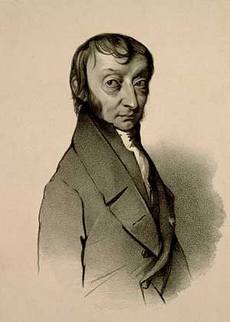The Avogadro’s law is a fundamental law of chemistry formulated by the Italian scientist Amedeo Avogadro in 1811.

This law states that under the same conditions of temperature and pressure, equal volumes of any gas contain an equal number of molecules.
Avogadro’s law can be expressed as follows:
“The volumes of gases formed from the same quantity of substances under the same conditions of temperature and pressure have the same number of molecules.”
This implies that for ideal gases, equal volumes will contain the same number of molecules, regardless of their mass or chemical nature.
Avogadro’s Constant
1 mole of any gas contains the same number of molecules – 6.02 × 1023, this number is called Avogadro’s constant and is denoted as NA.
The value of Avogadro’s constant was adopted at the XXVI Congress of the International Union of Pure and Applied Chemistry in 2019 and is:
NA = 6.02214076 × 1023 mol-1.
This law was one of the important discoveries that helped solve the problem of explaining the behavior of gases and connect the molecular structure of substances with their properties.
This law is the basis for understanding concepts such as molecular volume, the number of molecules, the amount of substance in moles, and the ratio of volume to the amount of substance in the gaseous state.
Applications
Avogadro’s law and Avogadro’s constant have important applications in chemistry and other scientific fields:
- Molar calculations: Enable performing molar calculations to determine the quantity of molecules, atoms, or ions in a substance. This aids in stoichiometry calculations for chemical reactions.
- Synthesis and substance analysis: Utilized for calculating the quantity of reagents needed for synthesizing specific substances, as well as determining the mass of products in chemical reactions.
- Gas reactions: Indicates how the volumes of gas reactants and products are related to the quantity of molecules they contain. This is crucial for understanding gas-phase chemical reactions.
- Molecular mass: Assists in determining the molecular mass of a substance by measuring gas volume and other properties.
- Gas law: Avogadro’s law is one of the key foundations of the ideal gas law, which describes gas behavior under changes in pressure, temperature, and volume.
- Volume and quantity relationships: Avogadro’s law is fundamental for comprehending the interaction between gases and defining the relationships between their volumes and quantities.
- Amount of substance: This law underpins the definition of the unit of substance quantity – the mole, which is a vital concept in chemistry.
- Physical investigations: The law is used to study gas behavior, explore physical properties of substances, and establish the connection between mass and quantity of particles.